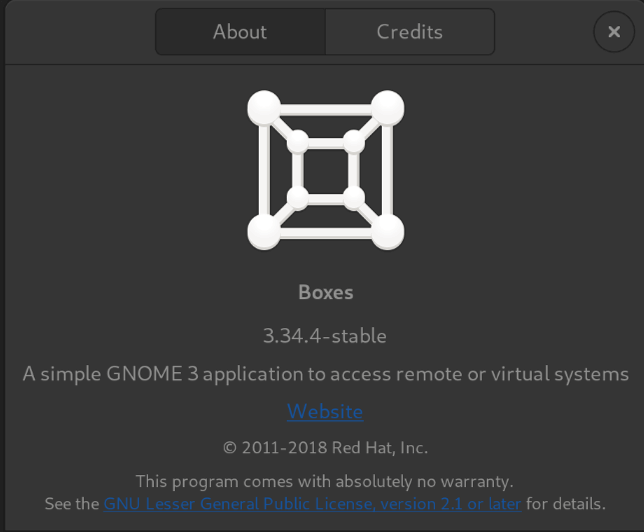

How To Install KVM on Fedora 35/34/33/32/31
source link: https://computingforgeeks.com/how-to-install-kvm-on-fedora/
Go to the source link to view the article. You can view the picture content, updated content and better typesetting reading experience. If the link is broken, please click the button below to view the snapshot at that time.
This guide will cover the full installation of KVM hypervisor and its management tools on Fedora 35/34/33/32/31/30. KVM (Kernel-based Virtual Machine) is a full virtualization solution for Linux Systems running on x86 hardware with virtualization extensions (Intel VT or AMD-V).
KVM consists of a loadable kernel module,kvm.ko, that provides the core virtualization infrastructure and a processor specific module, kvm-intel.ko or kvm-amd.ko.

Install KVM on Fedora 35/34/33/32/31/30
In this section, we’ll cover all the steps to install the latest release of KVM hypervisor on Fedora. We’ll also include the installation of management tools like libguestfs-tools
Step 1: Ensure your CPU has Intel VT or AMD-V Virtualization extensions
The first step is to confirm that your CPU has either Intel VT or AMD-V Virtualization extensions. In some systems, this is disabled on BIOS and you may need to enable it.
$ cat /proc/cpuinfo | egrep "vmx|svm"Step 2: Install KVM / QEMU on Fedora 35/34/33/32/31/30
Install required virtualization packages on your Fedora system by running:
sudo dnf -y install bridge-utils libvirt virt-install qemu-kvmAfter installation, verify that Kernel modules are loaded
$ lsmod | grep kvm
kvm_intel 233472 0
kvm 737280 1 kvm_intelAlso install useful tools for virtual machine management:
sudo dnf -y install libvirt-devel virt-top libguestfs-toolsWe have a guide on how to use libguestfs-tools like:
Step 3: Start and enable KVM daemon
By default, KVM daemon libvirtd is not started, start the service using the command:
sudo systemctl start libvirtdThen enable the service to start on boot
sudo systemctl enable libvirtdStep 4: Install Virtual machine Manager GUI
If you have a Desktop version of Fedora, you can install virt-manager which gives users a GUI interface to manage your Virtual Machines.
sudo dnf -y install virt-managerStep 5: Create a test instance
First start by creating a bridge network to be attached to your instances, below guides should help.
Once you have your bridge interface ready, create a test instance using CLI or Virtual Machine Manager.
sudo virt-install \
--name fed35 \
--ram 2048 \
--vcpus 2 \
--disk path=/var/lib/libvirt/images/fed35.img,size=20 \
--os-variant fedora34 \
--os-type linux \
--network bridge=br0 \
--graphics none \
--console pty,target_type=serial \
--location 'https://mirror.arizona.edu/fedora/linux/releases/35/Server/x86_64/os/' \
--extra-args 'console=ttyS0,115200n8 serial'The installation is on text mode but the procedure of installation is similar to GUI. After finishing the installation, reboot the instance and login
Fedora 35 (Server Edition)
Web console: https://localhost:9090/ or https://192.168.10.11:9090/
localhost login:You can also login through console:
sudo virsh console fed35Press <ENTER> key on getting:
Escape character is ^]If you want to generate KVM VM templates, refer to How to Create CentOS / Fedora / RHEL VM Templates on KVM
See our Virsh Commands cheat sheet for a complete list of virsh commands. For installation through Virtual Machine Manager GUI, you may need to configure virt-manager as a non-root user on Linux
Want to Automate VMs deployment on KVM?, check out How to Provision VMs on KVM with Terraform
Further reading:
Recommend
About Joyk
Aggregate valuable and interesting links.
Joyk means Joy of geeK